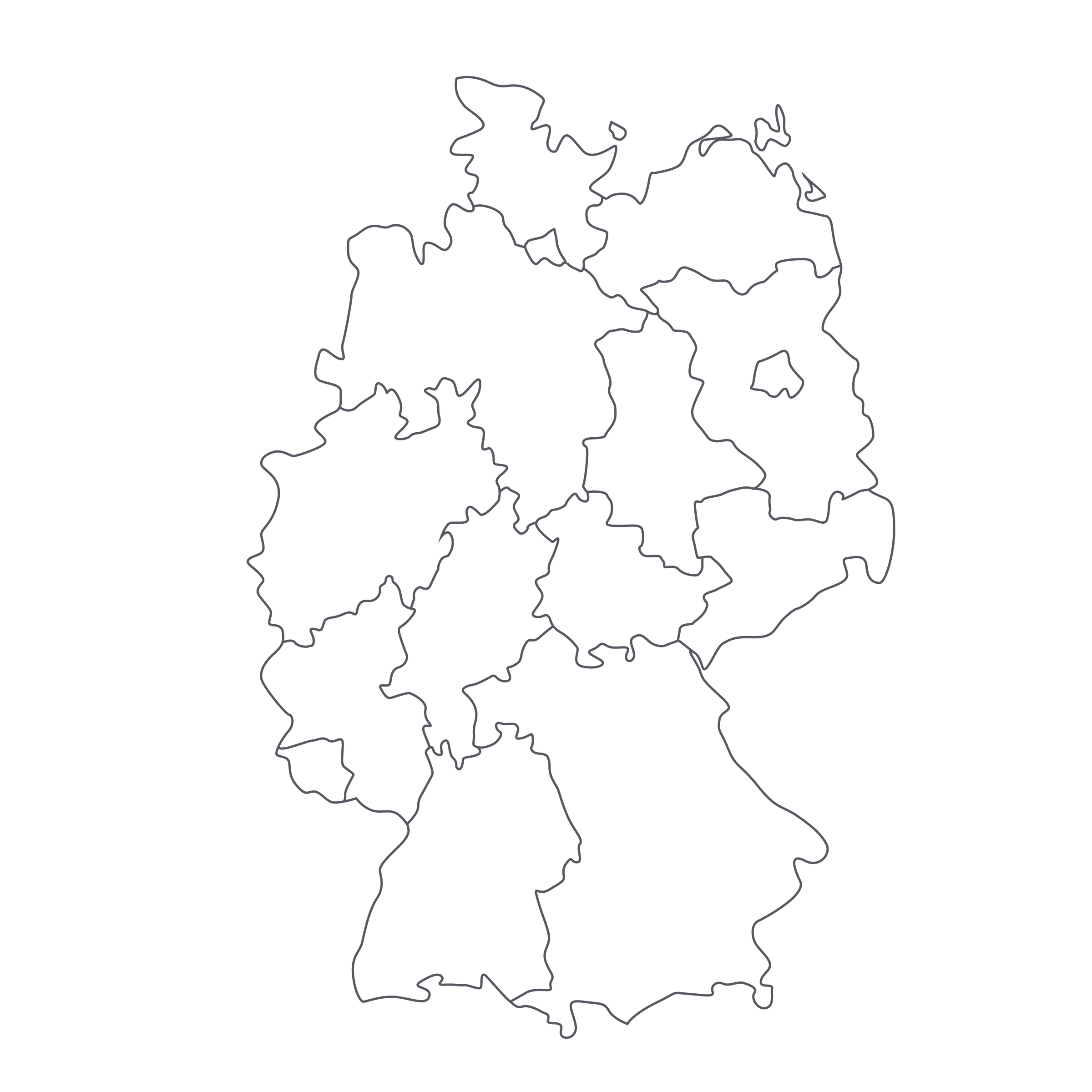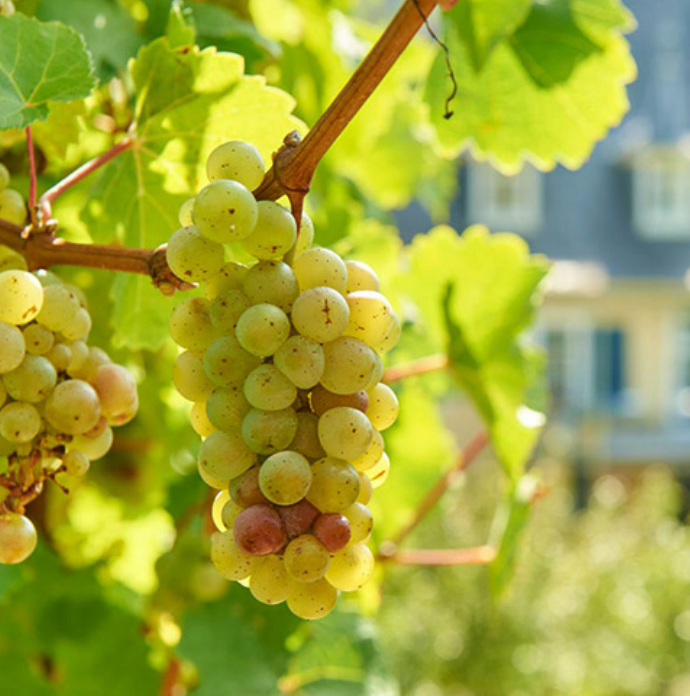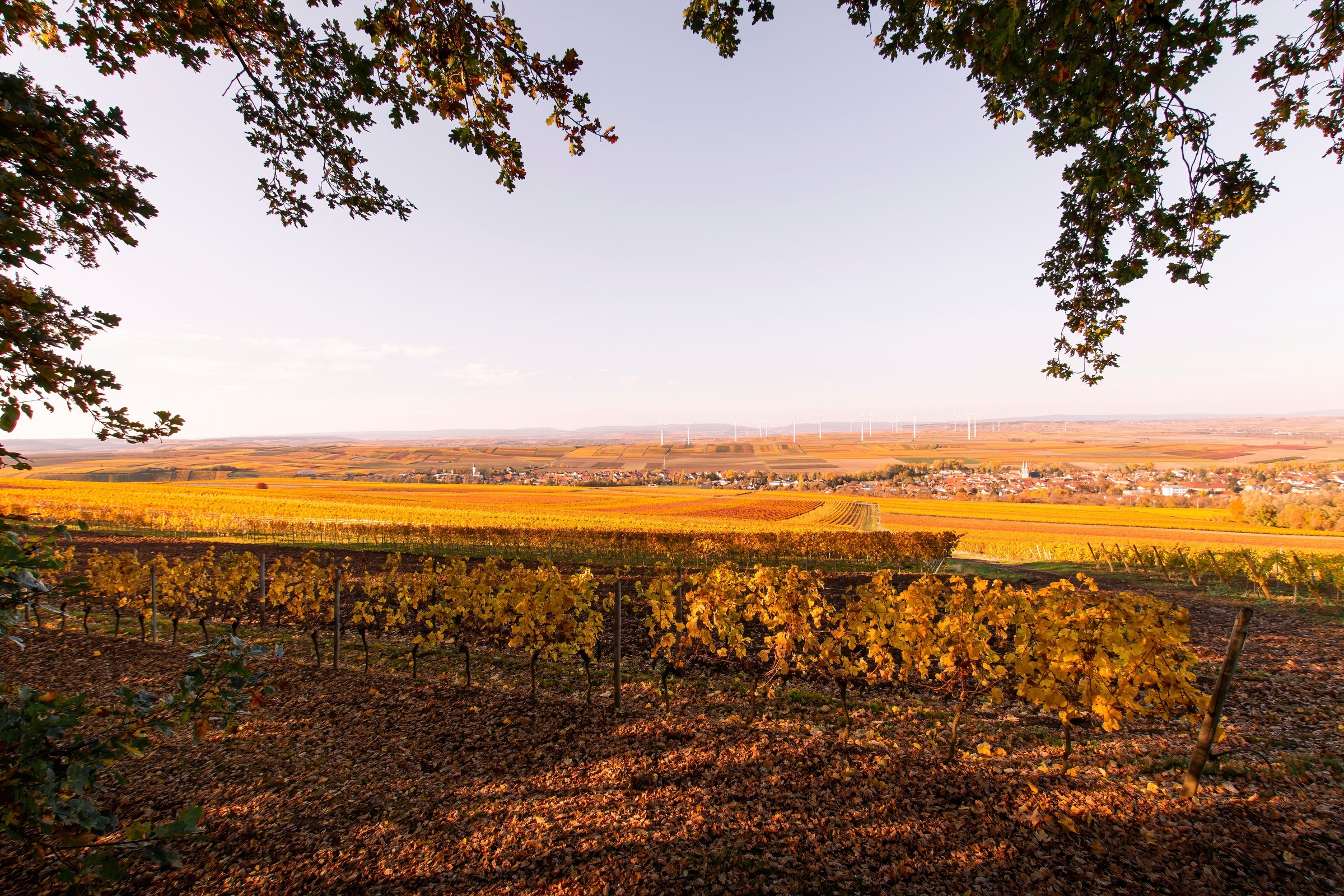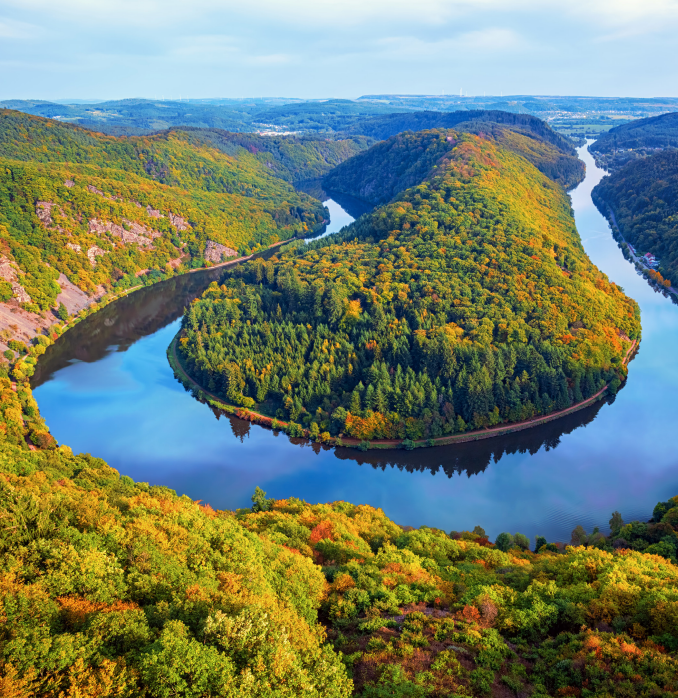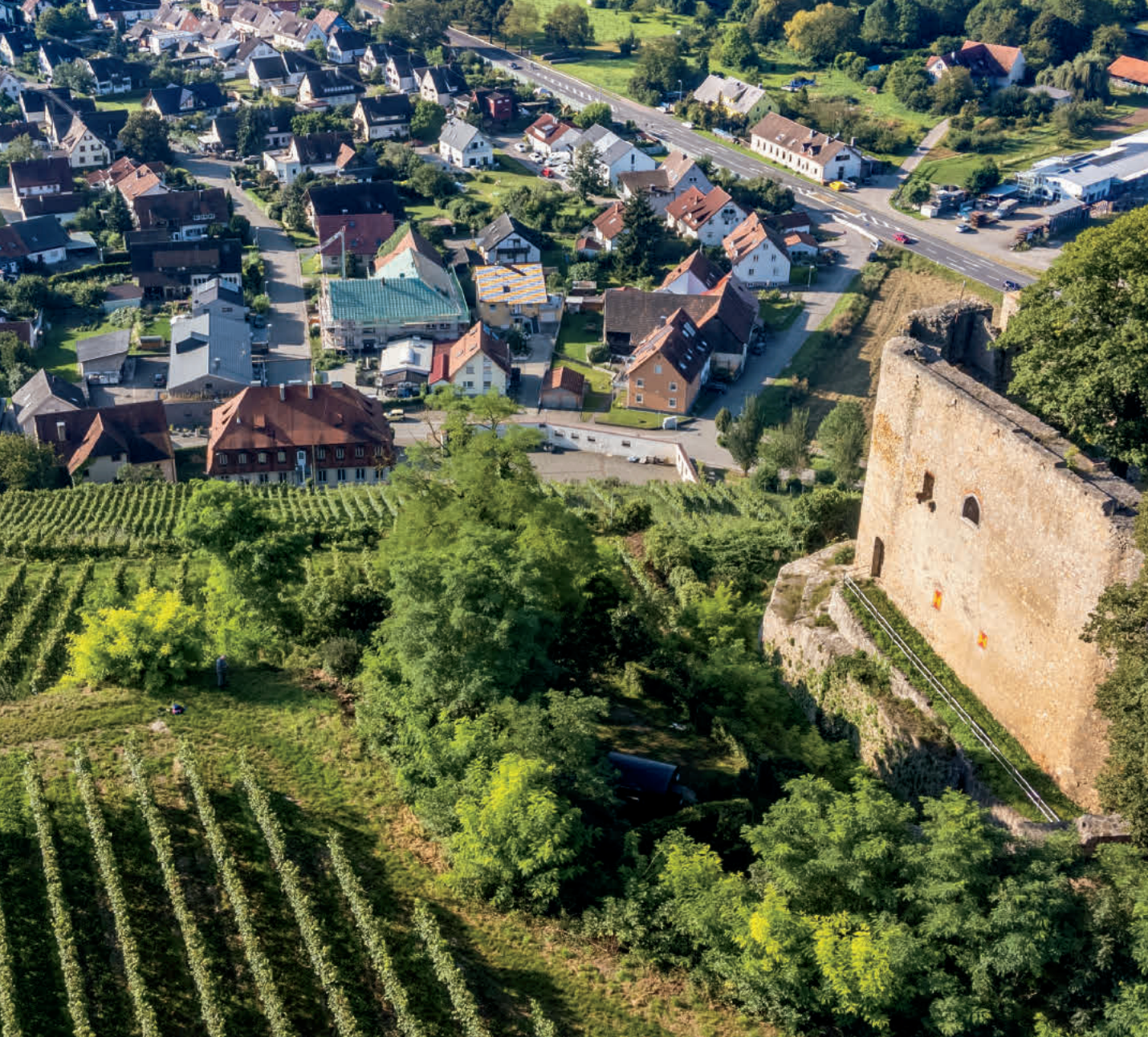There is a special resonance in a well-crafted German Riesling; a humming tension balancing the ripe fruit and electric acidity that is perfectly demonstrated by today’s wine. As SommSelect subscribers are well-aware, we can’t get enough of it—the combination of sheer pleasure, sublime refreshment, and intellectual stimulation is simply inimitable.
Let’s linger on that last point for a second: Is there any more fascinating white grape variety than Riesling? Can any other $30 bottle of wine provoke so much thought? It helps that this one is made by a winemaker operating at the top of his game (Peter Jost), sourcing grapes from a widely cherished world-class vineyard site (Bacharacher Hahn). But there’s also Riesling’s innate capacity for intrigue, as in, how does a Kabinett-style wine manage to only hint at sweetness, to kind of “tease” it, before finishing so invigoratingly dry? In the end, it’s probably easiest to just chalk it up to magic, while also celebrating its unparalleled value: When one factors in how labor-intensive the production process is in the ludicrously steep vineyard that produces it, Toni Jost’s 2017 “Bacharacher Hahn” epitomizes everything we love about German Riesling. This is the ideal!
Located in the picturesque town of Bacharach, the Hahn vineyard is the sparkling jewel of the Mittelrhein, a region often passed over when the story of German wine is told. With a 60% grade to the hillside (that’s not a typo!), the Bacharacher Hahn faces south, peering down on the Rhine river and getting the full effect of the sunshine reflecting off the water. Without seeing such a site in person, it is hard to explain the sheer visceral force of such a hillside completely planted to vine. There are many steep, majestic vineyards in Germany, but the Hahn vineyard is unique in its ability to inspire awe in a human spectator. The rock face is weathered blue Devonian slate—similar to many sites found in the Mosel, Mittelrhein’s more-famous neighbor. Many comparisons are made between the regions in fact, given the steep sites and the prevalence of slate, though the wines of Mittelrhein tend to have more body than their Mosel counterparts. Certainly the Hahn drinks sun into the dark slate giving the wines power and heft.
The Jost family has been farming and making wine from this vineyard for almost 200 years and now can proudly state that they own the majority of the land there. So integral is this magnificent vineyard to the estate, that they have named the estate Hahnenhof, which appears on the label below the family name. They are dedicated to sustainable, pesticide-free viticulture with use of biodiversity in the vineyard to promote healthful balance with nature. The estate is now run by Peter Jost (son of Toni) along with daughter Cecilia. As founding members of the Mittelrhein VDP (Verband Deutscher Prädikatsweingüter, the producers' association that sets quality standards), the Jost family is considered the best of the best of the region.
With lower alcohol levels and bright, clear acidity, this classic Kabinett delivers an off-dry attack finishing with a clean and dry finish. The nose offers bright aromas of Granny Smith apple, peach skin, and lime zest. The palate is slightly saline with green mango, candied ginger, orange blossom honey and lemon oil, each sip cleansing the palate with a delightful citrus pop. It can be served directly from the bottle at 45-50 degrees in all purpose glasses. This wine screams to be enjoyed with spicy Thai takeout—think green papaya salad and larb—as a more blissful pairing is hard to find. If you’re not in the mood for spice, it would also elevate a sushi dinner or classic Cantonese preparation. But somehow, when a wine like this is on the table, I crave a little spice—I know the antidote is right at hand. Enjoy!


